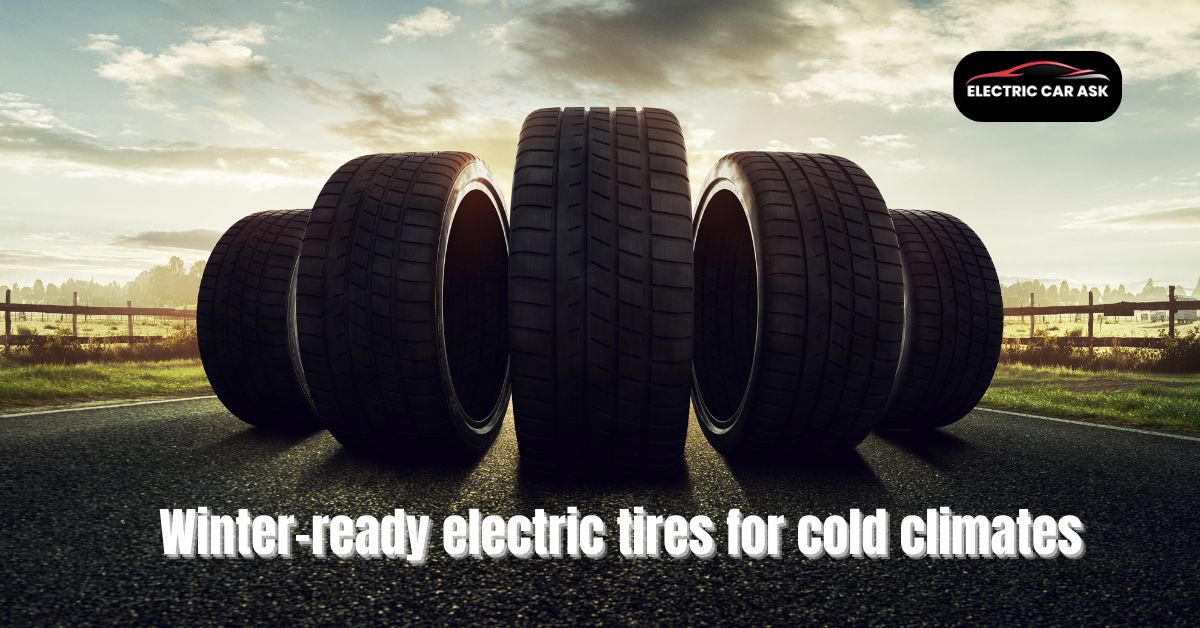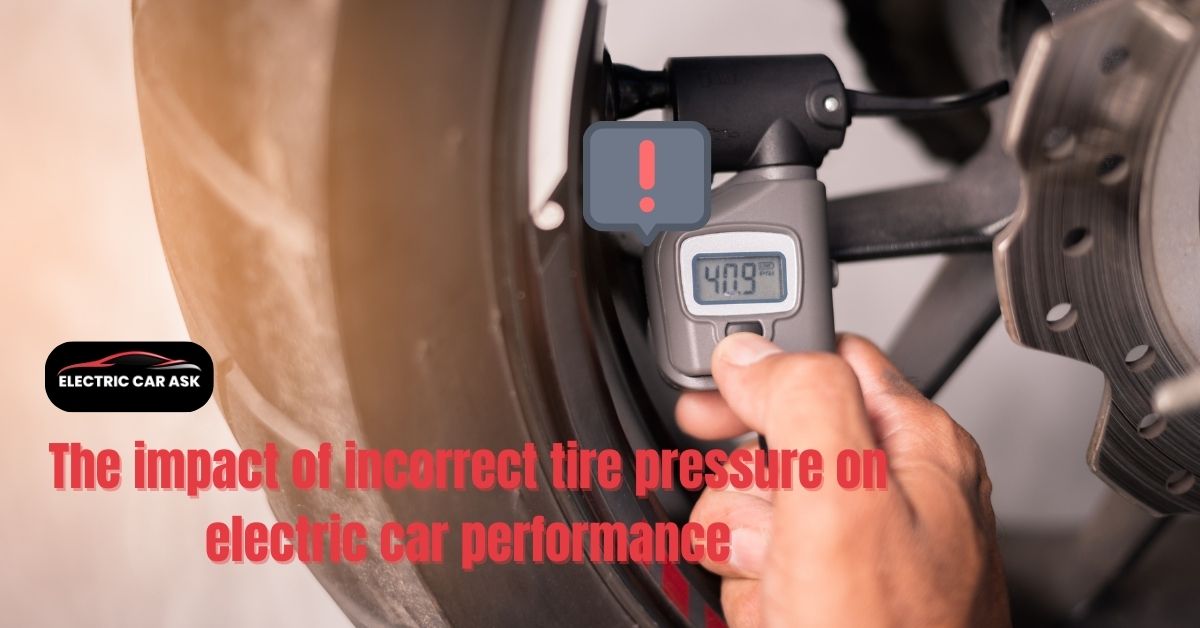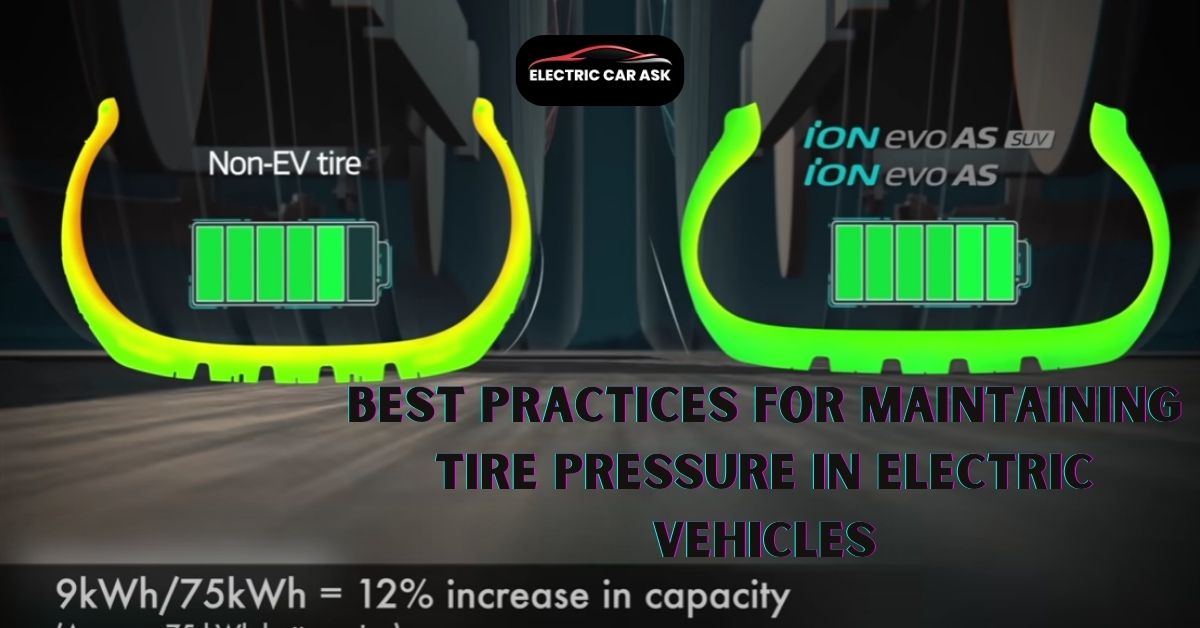Electric vehicles nowadays are a popular choice for drivers. It earned its place for its convenience. Day by day the demand has gone beyond expected. With the numbers increment, interested are being curious to know a lot of EV driving facts. Knowing the importance of tire rotation for electric vehicles is one of them, Let’s talk about tire rotation of EVs, its importance, efficiency, and safety.
What is Tire Rotation?
You may already know what tire rotation is. Let me explain again for the learners. Tire rotation is moving the tires of a vehicle from one to another position at regular intervals. The practice ensures even wear on all four tires. It maximizes their lifespan and improves performance. In comparison with traditional vehicles, tire rotation for electric vehicles is even critical due to their internal combustion engines.
Tire rotation maximizes Efficiency
In the cases of EVs, tire rotation actually maximizes their efficiency. As electric vehicles rely on battery power to operate, any inefficiencies in their performance can lead to decreased range and increased energy consumption. Uneven tire wear can create additional rolling resistance, which in turn requires more energy to propel the vehicle forward. Regular tire rotation there ensures all the tires evenly enhancing efficiency and preserving battery life.
Tire rotation ensures safety
In addition to improving efficiency, tire rotation is essential for maintaining safety on the road. Uneven tire wear can compromise traction and handling, especially in adverse weather conditions. Properly rotated tires provide better grip on the road, reduce the risk of accidents, and ensure a smoother driving experience for EV owners. Safety should always be a top priority for all vehicle owners. Tire rotation is a simple yet effective way to enhance it.
When to Rotate Your EV Tires?
You may ask now when to rotate your EV tires to know the better timing for this. Experts recommend rotating EV tires every 6,000 to 8,000 miles, or at least once a year. It prevents uneven wear and maintains optimal performance. Also, make sure to check the owner’s manual. It proves special and specific model recommendations, as tire rotation intervals may vary depending on the make and model of your EV.
How to Rotate Your EV Tires
Some EV owners prefer to leave tire rotation to professional mechanics, but you may choose to do it themselves. If you decide to rotate your EV tires at home, here you go:
- Park your EV on a level surface and engage the parking brake.
- Loosen the lug nuts on all four tires using a lug wrench.
- Use a jack to lift the vehicle off the ground and place jack stands under the chassis for added safety.
- Remove the tires one by one and rotate them according to the recommended pattern (front to back, side to side, etc.).
- Tighten the lug nuts securely in a star pattern to ensure even pressure.
- Lower the vehicle back to the ground and double-check the lug nuts for tightness.
- Repeat the process for each tire to ensure that all tires are rotated properly.
Benefits of Professional Tire Rotation
While DIY tire rotation can be a cost-effective option for you, there are several benefits to having your tires rotated by a professional mechanic. Professional tire rotation services often include most required inspections of the tires, wheels, and suspension components. This requires potential issues to be identified and addressed promptly. Additionally, professional mechanics have the necessary tools and expertise to perform precise tire rotations which ensures optimal results and peace of mind for EV owners.
Conclusion
Tire rotation is a simple yet essential aspect of EV maintenance that should not be overlooked. Regular rotating your EV tires offers you many benefits such as maximizing efficiency, ensuring safety on the road, and extending the lifespan of your tires. Whether you choose to rotate your tires at home or opt for professional services, prioritizing tire maintenance will benefit both your vehicle and your overall driving experience. Remember, a well-maintained EV is a happy and efficient one!
FAQs
Q: Can I rotate my EV tires at any time, or should I wait for specific intervals?
Rotating your EV tires every 6000 to 8000 miles are fine. You can follow your specific model EV manual’s guidelines.
Q: How much does professional tire rotation typically cost for an electric vehicle?
The cost varies on the location and service prover but it generally ranges from $50 to $150.
Q: Will rotating my EV tires void the warranty?
No. It doesn’t.
References
- Electric Vehicle Association of America (EVAA)
- Tire Industry Association (TIA)
- National Highway Traffic Safety Administration (NHTSA)



